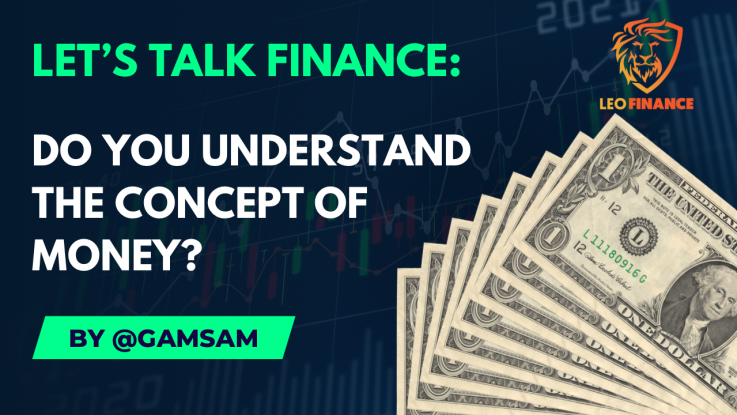

Do you know the history of money, how it all started, what exactly is money even? What makes a seemingly worthless piece of paper so valuable?
First of all, how about we define money? According to the Merriam-Webster dictionary, money is defined as
“something generally accepted as a medium of exchange, a measure of value, or a means of payment.”
We can see from the definition that bitcoin can of course be all three (3) of these things:
- A medium of exchange
- A measure of value, and of course
- A means of payment
Types of Money
We also need to learn and understand about the different categories of money. This at the end of the day will help us understand where bitcoin and other cryptocurrencies fit into.
Commodity Money
Representative Money
Fiat Money
This is the probably the most classic or generic idea of a currency. With commodity currency, there is an actual item of value that is used as a currency; let’s say gold, silver or even salt as have been used in the past. Commodity money obviously isn’t that common anymore unless of course you have a trade-in shop where you accept gold and salts.
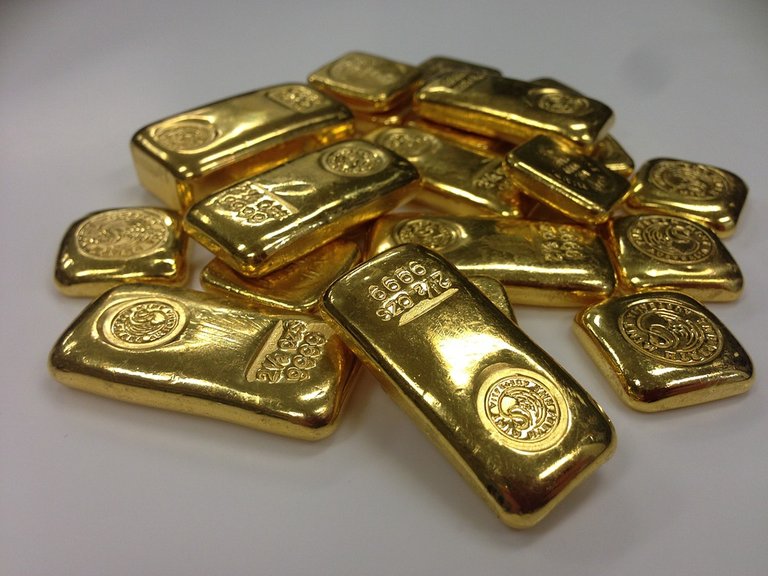
Source: Pixabay | Photographer: istara
Now like the name implies, representative money is a kind of currency that is issued by a government of instituted authority. The currency itself is worthless or close to worthless unlike commodity money.
What then makes it so valuable?
Representative Money is valuable because the currency is backed by actual physical valuable commodities like gold.
An example of such currency is the Gold Certificate which is backed by gold obviously.
According to Investopedia,
A gold certificate is a paper document that represents a claim on a specified amount or value of gold. When the U.S. dollar was tied to the gold standard, gold certificates were worth their face value in U.S. dollars and could be used as legal tender. Gold certificates are still issued to investors as proof of ownership of gold stored by a bank.
The Gold Certificate was used between the 1860s and the 1930s and they were issued by the United States Government and they could be used as an exchange for a given weight in actual gold coins.
From the 1930s up to the 1970s, the use of the Gold Certificate still continued but then its use was hypothetical. You couldn’t actually exchange it for physical gold, but it was “backed” by gold to make it have value.
So with representative money, you could say that an actual valuable commodity like gold was behind the scenes basically. So instead of carrying a bag of gold coins around, you could have a piece of paper or a bill which the government has said is as valuable as a said amount in gold or silver.
The concept of representative money basically works with trust; trust instituted by the government that if John for instance were the take this currency from Jane and give her some wheat, he would be certain and trust that the said currency has the said value and can be exchanged for another actual commodity.
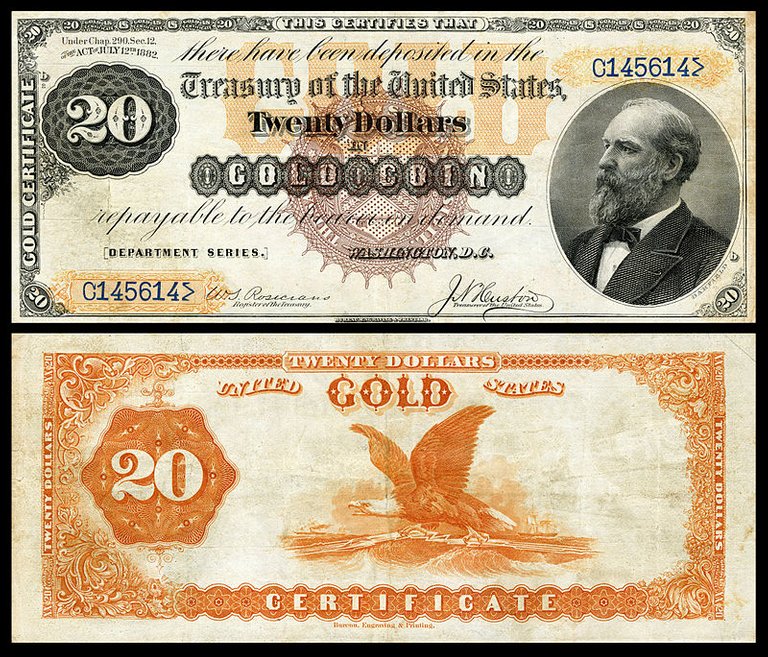
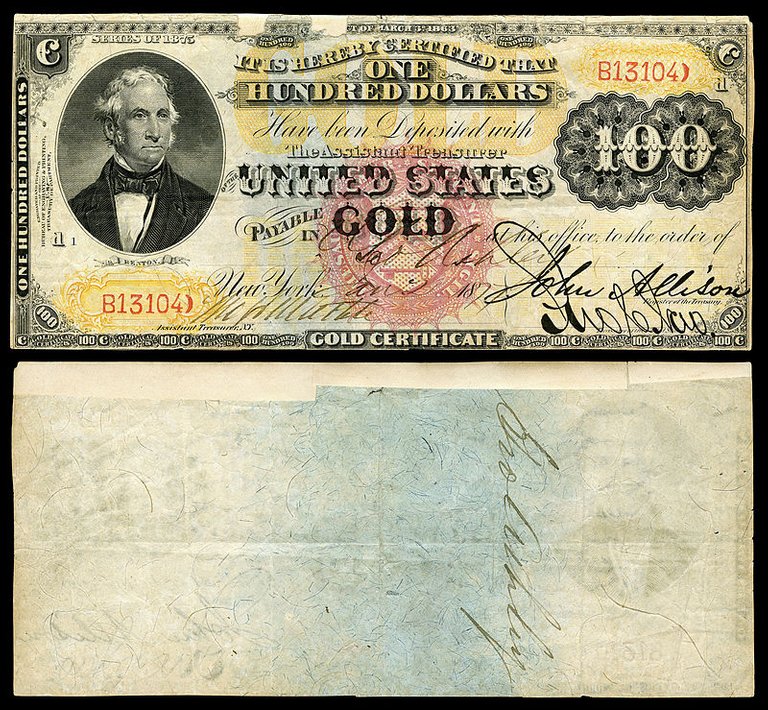
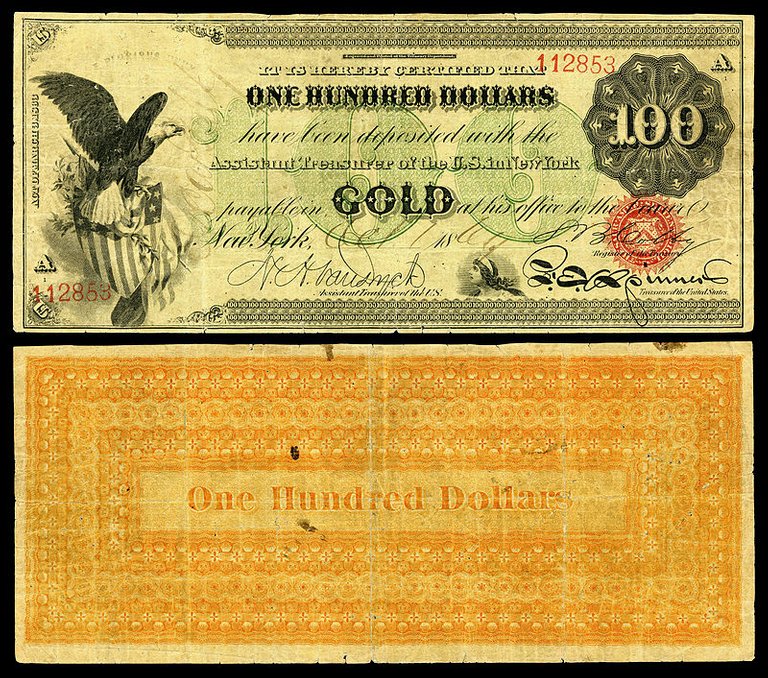
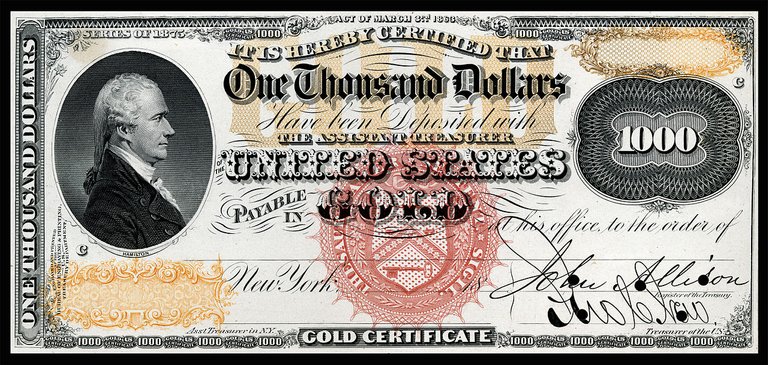
Fiat currency is known and used by everyone in the modern day. This is the currency we use everyday to make purchases and pay for services; dollars, pounds, euros and the rest.
Basically, there is NOTHING intrinsically valuable about with Fiat money, there is no actual commodity that it is backed by unlike Representative money.
Why then would I collect a $5 dollar bill from you and give you my valuable can of soda which I could have drank and just walk away feeling happy if the dollar bill itself is just a worthless piece of paper?
Now the value of Fiat money comes from the fact that the government or some other instituted authority has declared that it is valuable and then we the citizens in turn trust that value.
So the United States government for instance can say that a quarter is worth 25 cents. This doesn’t mean that the quarter is worth 25 cents of gold or silver or anything for that matter. It just means that the quarter is worth 25 cents and it will be treated as such.
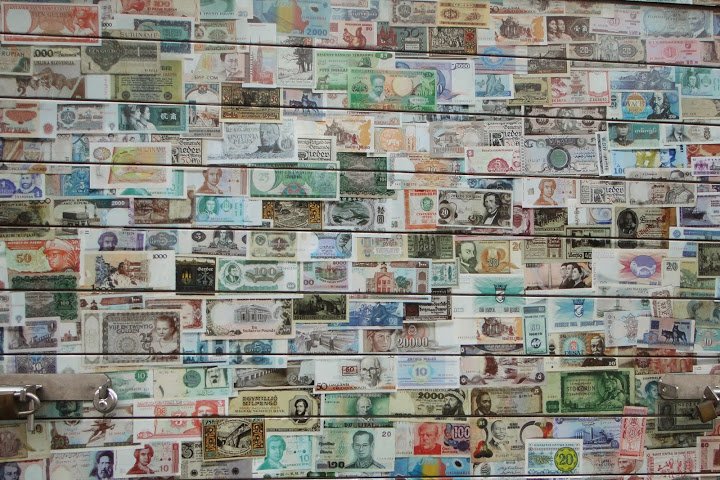
Paper money from different countries by Leon petrosyan - Own work, CC BY-SA 4.0, Link
This is the kind of money that we use today. This is the money we invest in, save in and buy things with. Although it works, there are some flaws and shortcomings associated with the Fiat money.
One of the flaws is that this kind of money requires trust in one group which is the government. This can be very problematic because technically, the government can put in more money into the system whenever they want.
We can explore for ages how this can be very problematic but then that’s a topic for another day, and of course I would sound like a conspiracy theorist.
This is the reason why some groups are very interested in the re-institution of Representative money. You can agree that this was more stable and the government couldn’t just put in more money into the system. It’s not like you could just go ahead and print new gold, can you? You’d have to have actual gold that was backing up the representative bill.

One of the common things that all these forms of money have in common although is that they are very difficult to counterfeit. This means that part of their value comes from the fact that you can just pull them up from thin air, pluck them from a tree or dig them up from your lawn.
But then you might argue that commodity money are actually natural resources that can be gotten from nature. But even with Commodity Money, which was a physical commodity, a lot of work and resources must be put into acquiring them; like mining for gold and silver.
Check out my other recent finance posts:
"Money Is the Root Of All Happiness" Talking About The Paradox
Will Worldwide Cryptocurrency Adoption Happen in our Lifetime?😣
Check out my other non-finance posts:
[ENG/ESP] Short Story: The Ghost of the Past | Relato Corto: El Fantasma del Pasado
My First Entry to Afri-Tunes | AFRI-TUNES WEEK #34/CHAMPION BY FIREBOY DML & D SMOKE
Visiting the Largest Water Park In West Africa: I Became a Child for a Day - Part 1
My First Entry to Afri-Tunes | AFRI-TUNES WEEK #34/CHAMPION BY FIREBOY DML & D SMOKE

Written by @gamsam
All images used are taken by me and copyright free


Posted Using LeoFinance Beta